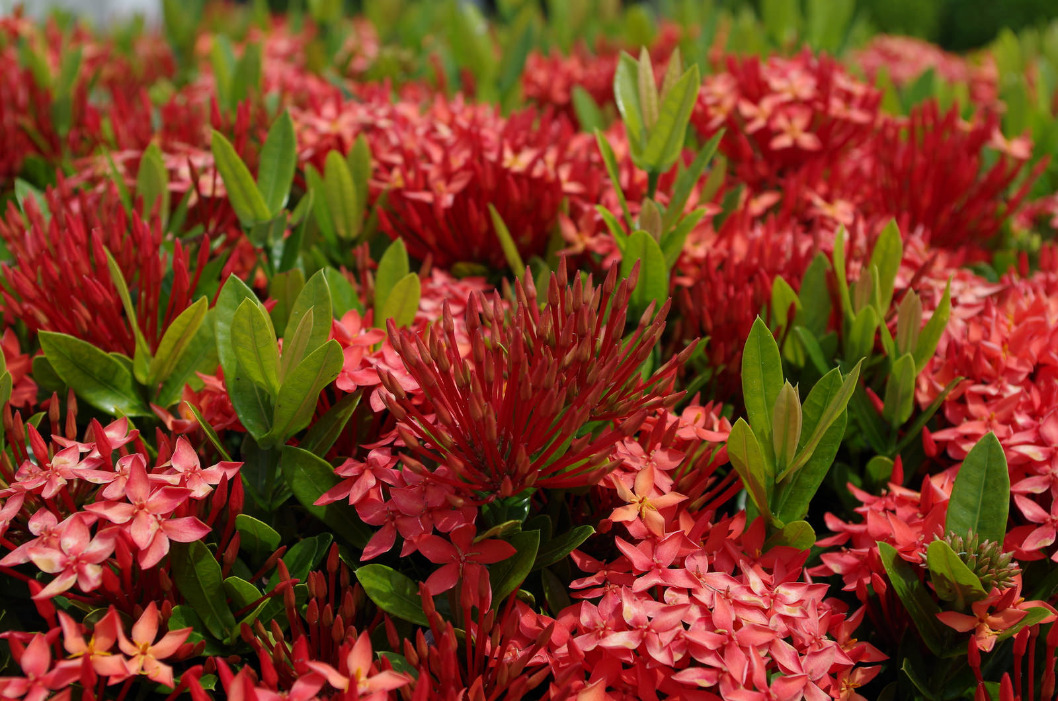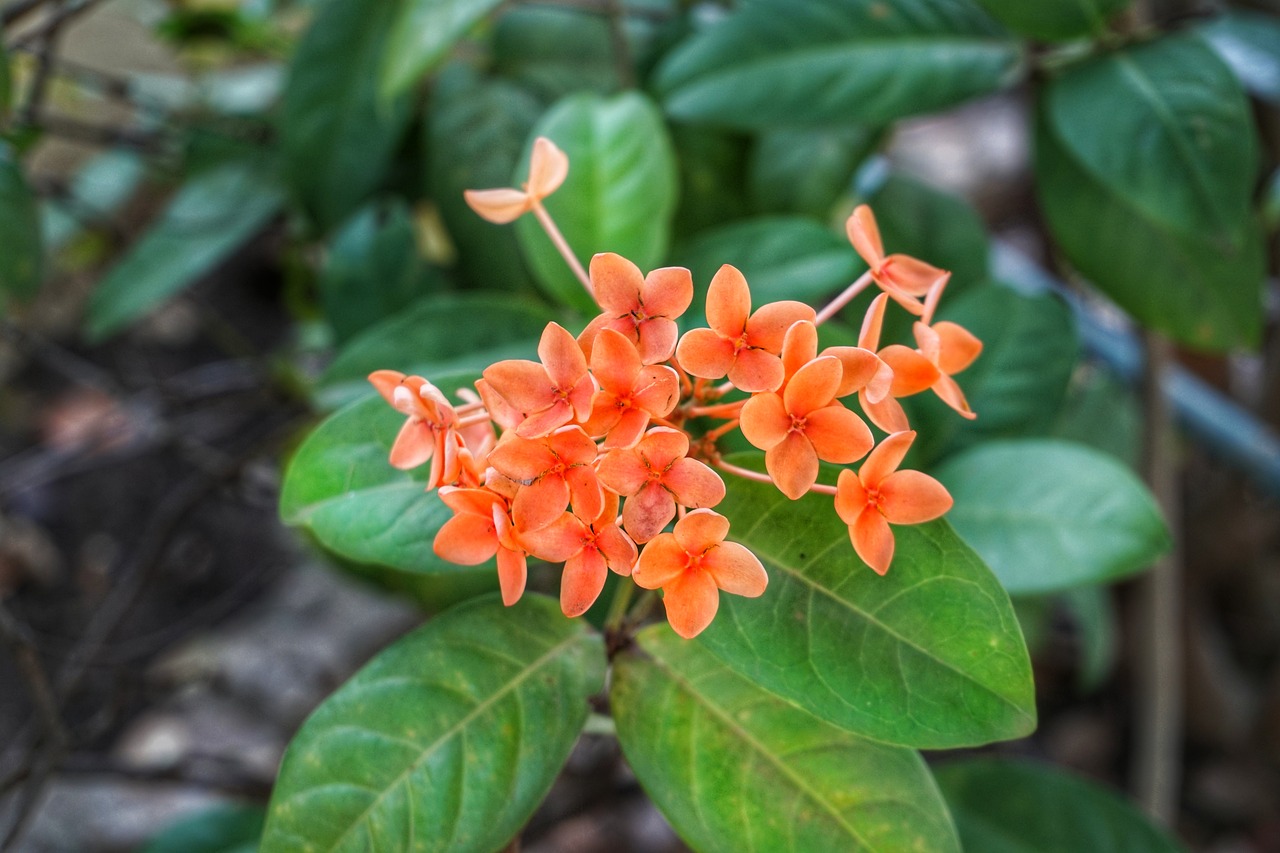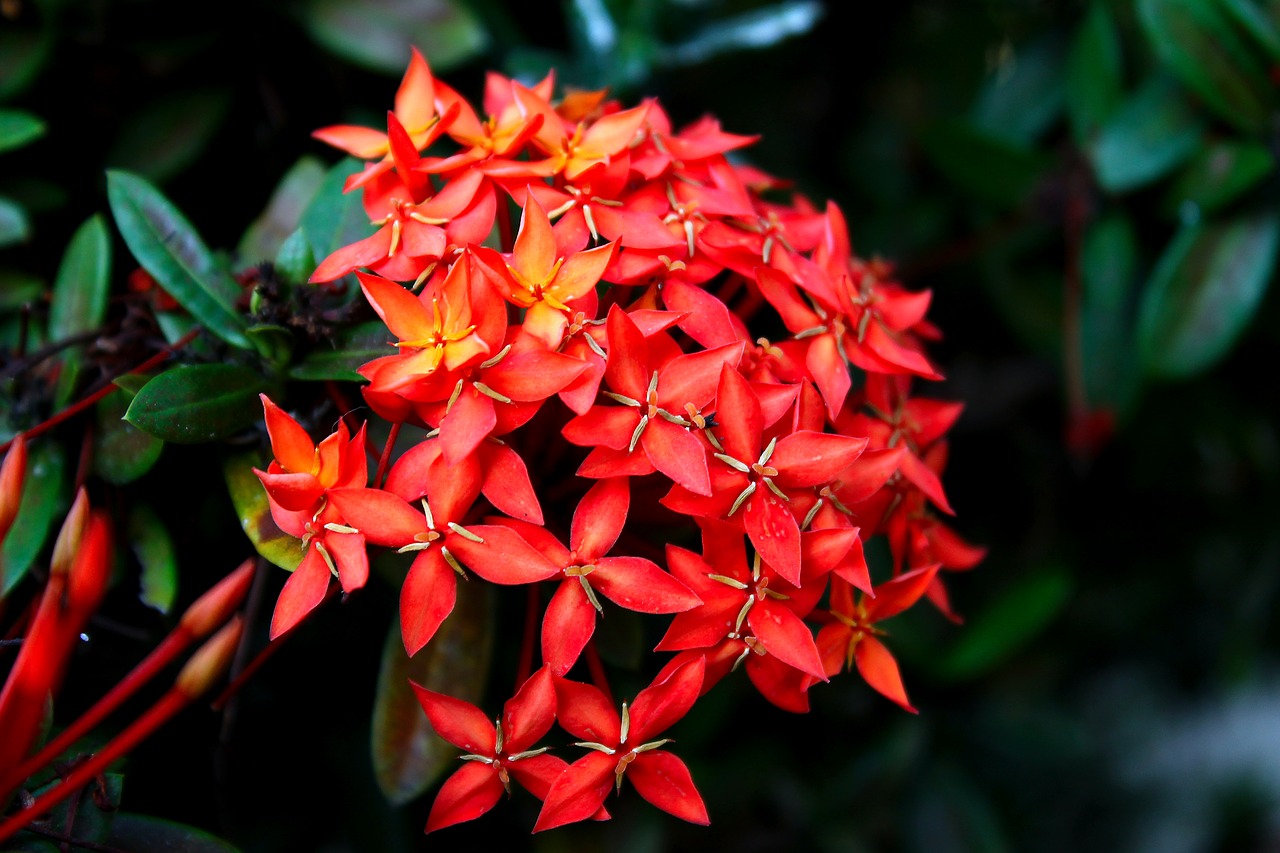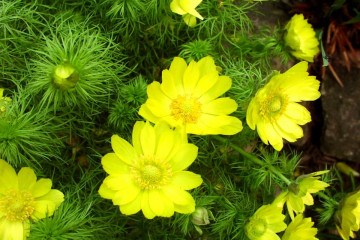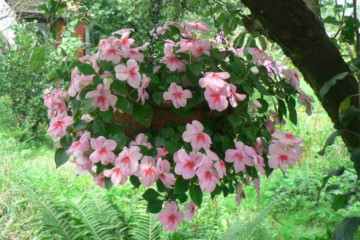Ixora flower - description of the plant, planting and care
Content:
Any florist who ever saw this plant immediately fell in love with its unusual appearance. Ixora is a flower with bright or snow-white inflorescences, in combination with glossy foliage, it looks very impressive. And thanks to its pleasant aroma, it is widely used to decorate garden plots.
Botanical description
Ixora is a plant belonging to the Marenov family. It is a small bush with dark green oval or lanceolate leaves. The inflorescences are composed of many tubular flowers of various shades. The bush blooms at home at different times, depending on the growing conditions and care.
On the territory of Russia, two varieties of Ixora have become widespread: Javanese and bright red. The first was discovered on the territory of the island of Java in 1846. The homeland of the second is India.
Types and popular varieties
In total, there are more than 400 varieties of Ixor. Breeders have bred several species that can be grown at home.
- Bright red
Shrub, reaching a height of 130 cm. Many flowers form a lush inflorescence of beige, pink, white or red. The leaves are glossy, rounded.
The bush begins to bloom in April and ends in September.
- Javanese
Ixora Javanica, as it is also called, is a bicolor with orange-colored red flowers. Leaves are oval, pointed at the edges. It can grow up to 130 cm.
- Chinese
A bush that reaches a height of no more than 100 cm. The leaves are dark green, pointed. Flowers can be white, pink, or yellowish.
- Karmazinovaya
Karmazinovaya Ixora is a botanically classified J2 variety with long, oval leaves. Grows up to 100 cm in height.
Ixora flower care at home
Ixora is a thermophilic plant that needs proper care. Only in this case the owner will see beautiful flowers.
Temperature and lighting
You need to plant a flower so that it receives a sufficient amount of natural diffused lighting. It is better to take the heat-loving ixora to the balcony in the summer. She needs a temperature of +16 .. + 25 ° С.
In the room, it is better to put it on the windowsills facing the west or east side of the house.
Watering and spraying
During the flowering period, the bush must be watered at least 3 times a week. The soil should always be moist, but water stagnation should not be allowed.
On especially hot days, it is recommended to spray Ixora from a spray bottle.
The humidity in the room where the flower grows should be at least 60%. It is recommended to place a small tray of water next to the pot.
Soil and transplant
For planting and transplanting a plant, it is necessary to select a loose, slightly acidic soil. It can be made from peat, turf, leaf humus and sand. It is imperative to arrange a drainage layer at the bottom of the pot.
You can transplant the plant in early spring. Young specimens need an annual procedure. Adults should be transplanted every 2-3 years.
Top dressing and pruning
During flowering, the bush is fed 2 times a month. In winter and autumn, once every 30 days is enough.
It is recommended to use mineral complexes for indoor flowering plants - you can buy them in gardening stores.
At the end of the flowering period, the ixora must be cut off. This removes all dried buds and shoots. If this is not done, decorativeness will noticeably decrease. In addition, the flower will spend energy supporting the wilted parts.
Reproduction
You can grow a new plant by cuttings. Planting material can be harvested at any time of the year.
The cut stalk is placed in a glass of warm water and covered with a transparent material. After 3 weeks, the first roots will appear.
After their growth, the seedling moves into a peat-sand mixture and is covered with a film for the first time.
Possible growing problems
Very often, flower growers have a question why the leaves on Ixora turn brown and dry. Most often this is due to improper care. Leaves may dry out and turn brown with the following problems:
- insufficient amount of watering;
- direct exposure to sunlight;
- insufficient acidity of the soil.
The plant can slow down in growth or stop blooming if there is not enough feeding.
Quite often, Ixora can develop chlorosis. This is due to a deficiency of iron in the soil or watering with hard water. Also, with improper care, spider mites, aphids or scale insects may appear on the leaves of the flower. You can get rid of them with the help of insecticides.
Despite the difficulties in growing and caring, with due attention, you can get an unusual and vibrant houseplant. Ixora is not often found in Russia yet, but it is gaining popularity rapidly.

